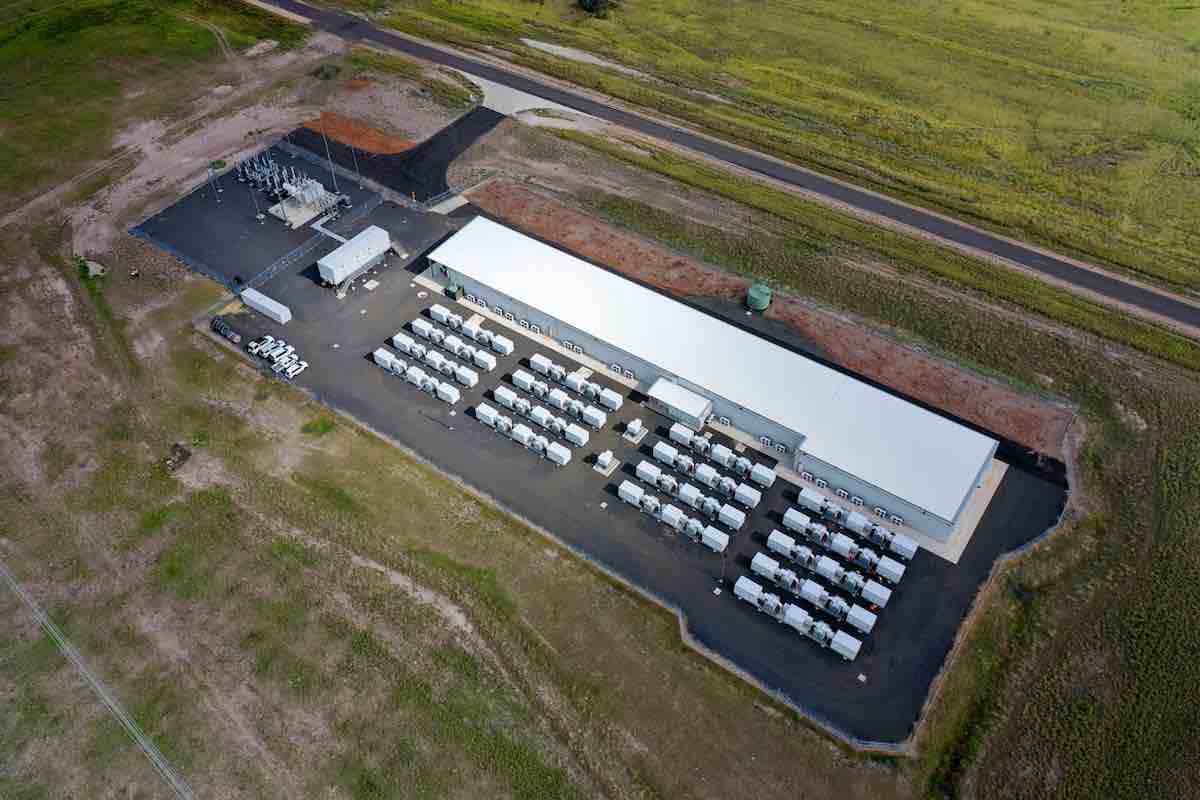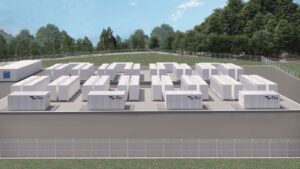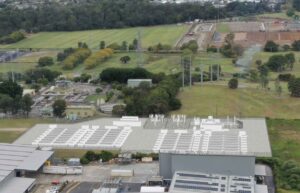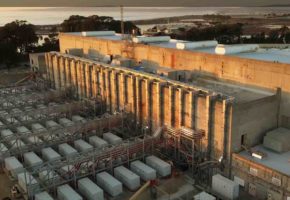Queensland Premier Annastacia Palaszczuk has announced an Australian-first critical minerals demonstration facility, to be built in Townsville.
The Premier said the $75 million facility will be located at the Cleveland Bay Industrial Park, and will process various critical and rare-earth metals needed for the clean energy transition.
Australia is a rich source of the various critical metals needed to furnish renewable energy infrastructure, some of which are anticipated to face demand increases of 500% by 2050.
These include vanadium, zinc, iron, cobalt and nickel, all components of batteries, as well as the rare earth elements required for electronic components and the silicon used in solar panels.
“Queensland has the sunshine and wind above the ground combined with the critical minerals below the ground to make batteries and renewables with renewable energy,” the Premier said.
“After working with prospective users, universities, and research centres the facility will not only be able to process vanadium, a key component of large-scale batteries, but it will be expanded allowing for a range of critical minerals like cobalt and rare earth elements to be processed.
“This facility will prove up the commerciality of critical minerals in Queensland creating jobs not just in mining but in processing and manufacturing.”
The new facility, which will be located at Cleveland Bay Industrial Park between the existing Sun Metals zinc refinery and Glencore Copper refinery, is part of a $150 million commitment announced in the 2022-23 State Budget Update in December.
The move is being positioned as a way for North Queensland to spearhead the green energy revolution and become a newly-revitalised mining hub, on the right side of history. The facility is expected to commence operations by the first half of 2025.
The Premier made the announcement while visiting the Sun Metals green industrial precinct.
“Sun Metals is not just the largest private employer in Townsville, it is a world leading green industrial precinct processing the zinc needed for wind towers and batteries with renewable energy and using hydrogen to store and transport renewable energy,” said Palaszczuk.
Queensland’s Minister for Resources Scott Stewart said vanadium mining, in particular, presented a powerful opportunity for the state’s economy.
“Global demand for vanadium in batteries and high-quality steel is expected to outpace supply before the end of the decade,” he said. “Queensland has world class, highly economic deposits of vanadium located in accessible marine shale.
“Because they hold their charge in a liquid form, vanadium redox batteries can be built to a much bigger scale, powering larger communities for longer.”
Stewart even went so far as to call the metal North Queensland’s “Eureka moment”.
Stephanie Gray, Deputy Director of Solar Citizens, a non-profit representing solar owners and supporters, welcomed the move, but said more needed to be done to unlock the region’s green energy potential.
“The grid desperately needs to be upgraded between Townsville and Hughenden to unlock the region’s abundant solar and wind resources,” said Gray. “Unfortunately, this upgrade isn’t slated until 2035 in the Queensland Energy and Jobs Plan.
“What’s more, the future of the CopperString transmission project, which will connect Mt Isa to Townsville and provide cheap renewable energy to power critical mineral mining and industry in the North West, is still sitting with the State Government.
“Our research found that turning Townsville into a hub for renewable-powered manufacturing and renewable hydrogen production would create more than 5,350 ongoing jobs and 19,600 construction job years by 2030.
“But despite progress, we’re not going to see this exciting potential turn into reality unless we aim high, do the necessary planning, and build the right infrastructure to turn Townsville into a renewable industry and hydrogen powerhouse.”










